Mastering Motorcycle Helmet Selection: Safety, Fit, and Style Explained.

Riding a motorcycle is not just a mode of transportation, it’s an exhilarating experience that offers freedom and adventure. However, with that thrill comes the paramount responsibility of ensuring your safety on the road.
Among all the gear that protects you, a helmet stands out as the most crucial. It’s not just a legal requirement in many places; it is also a life-saving piece of gear that can make the difference between a minor mishap and a tragic accident.
But with a variety of options available, choosing the right helmet can be difficult. In this basic guide, we’ll simplify the selection process, helping you navigate through types, features, and fit to find the perfect helmet that blends safety, comfort, and style.
So whether you are a seasoned rider or a beginner planning your first ride, this guide will give you the knowledge you need to make an informed decision, ensuring a safe and enjoyable ride.
Steps for choosing a motorcycle helmet

Check safety certifications
In Malaysia, all motorcycle helmets must meet safety standards set by SIRIM (Standard of Industrial and Research Institute Malaysia). While some helmets on the market lack the SIRIM label, others may carry both SIRIM and ECE/UN labels, or even SIRIM, ECE/UN, and DOT labels.
The EU and UN have adopted the ECE R22 standard for motorcycle helmets, which is recognized in 64 countries, including Malaysia.
Meanwhile, the DOT standard FMVSS No. 218 is not valid in Malaysia, but DOT-approved helmets are accepted if they also meet ECE/UN standards. Therefore, if you’re interested in an imported helmet, it is recommended to choose well-known brands like Arai, Shoei, KYT and HJC as these helmets are certified and passed the ECE/UN standards.
Determine head shape and size
People generally fit into one of three head shapes: long oval, intermediate oval, or round oval. To determine your head shape, take a photo of your head from above, ensuring your hair is flattened as much as possible to avoid obscuring the shape.
In the photo, if your head appears almost round, you have a round oval shape; if it looks long and thin, you have a long oval shape; and if it’s somewhere in between, you have an intermediate oval shape.
In Asia, most people tend to have round, oval heads, which are wider, while Europeans often have longer, narrower heads.

Helmet sizing
Now for the helmet sizing, using a cloth tape measure, measure your head about an inch above your eyebrows, circling the largest part of your head. Ensure the tape runs above your eyebrows and around the widest part of the back of your head.
If you don’t have a tape measure, you can use a piece of string and then lay it against a ruler to determine the length. Cross-reference your measurements with the sizing charts provided by helmet manufacturers to find the correct helmet size.

Try helmets on and find your style
The most important step in choosing your motorcycle helmet is trying it on. Your helmet should fit snugly without any hot spots or pressure points and should be fastened at the chin without any play. A properly fitted helmet won’t allow you to slide your fingers between your forehead and the helmet padding.
Additionally, you shouldn’t be able to move the helmet by lifting the back from your neckline forward over your head. Adjusting your ears is normal, just like adjusting your socks after putting on shoes. The focus should be on fitment with the helmet in place.
If the helmet moves while your head remains still, it’s too big. Once you find the right fit, you can then determine which motorcycle helmet style suits you best.
Types of motorcycle helmets
Now we will look at different types of helmets to meet your specific needs. While having numerous options is fantastic, it can also be overwhelming to find the perfect one. In general, there are five basic types of helmets you should be aware of before making a decision. Let’s check them out.

Full face helmet
A full-face motorcycle helmet covers and protects your entire head, providing the best overall protection. It features a face shield to protect your nose and eyes, and a chin bar to cover the bottom of your face.
Full-face helmets are the most protective against impacts and the elements, although they are the least ventilated. These helmets are also the quietest, reducing wind and road noise. Many full-face helmets come with advanced features like dual/internal sun visors for bright conditions.
In Malaysia, a full-face helmet is ideal if you’re riding sports bikes or naked street bikes. However, it is perfectly suitable for any type of motorcycle, as safety is paramount. Additionally, if you plan to take your helmet to the track, a full-face helmet is the best choice.

Open-face helmet
An open-face motorcycle helmet style protects a rider’s head and ears but lacks a chin bar, leaving the face exposed. Despite this, open-face helmets are popular for their cool, retro, or vintage appearance.
In Malaysia, the preference for open-face helmets is influenced by several factors. The hot and sunny weather encourages airflow, making open-face helmets more comfortable and easy to wear. They are lightweight and offer good comfort at a reasonable price point. Given that many Malaysians ride mopeds, open-face helmets are a practical choice.
Advocates of open-face helmets argue they provide better visibility and ventilation. Without a covering over the mouth, they are convenient for relaxed rides where riders may want to drink water or eat without removing the helmet, unlike full-face options.

Modular helmet
Modular motorcycle helmets are a hybrid between full-face and open-face styles, featuring a hinged chin bar that can be flipped up. This design allows riders to enjoy full-face protection on the highway, while easily transitioning to an open-face style for convenience, such as when stopping for a quick break.
It’s important to note that modular helmets are not intended to be used with the chin bar in the open position while riding, as this can compromise the helmet’s safety integrity. Despite their convenience, modular helmets tend to be heavier and noisier compared to traditional helmets.
Modular helmets are particularly popular among touring riders and commuters who value versatility and ease of use. They provide the option to switch between full-face protection and open-face freedom without having to remove the helmet entirely.

Half Helmet
A half-size motorcycle helmet, also known as “brain buckets” or “half shells,” is often known as “steng” in Malaysia. It covers the top of a rider’s head while revealing the ears, face, and chin. These helmets do not have face shields to guard against debris. While they are lighter and have greater airflow than other helmet types, they provide very modest protection in the event of an accident.
In terms of style, half-helmets are synonymous with the image of motorcycle freedom, particularly popular among riders of cruisers, cafe racers, customs and Harley-Davidsons.
Riders often complement them with sunglasses or goggles and a bandana to enhance their stylish appearance. They appeal to those who prioritize fashion and a minimalist feel over extensive safety features.
When choosing your next motorcycle helmet, it’s important to note that a higher price tag doesn’t necessarily mean better safety. Opting for a reputable brand with a proven track record in safety testing is always a wiser choice for protecting yourself on the road.



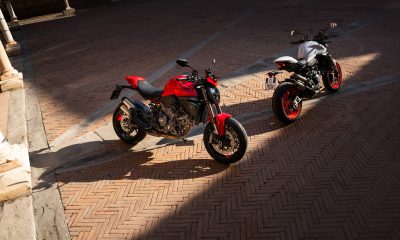


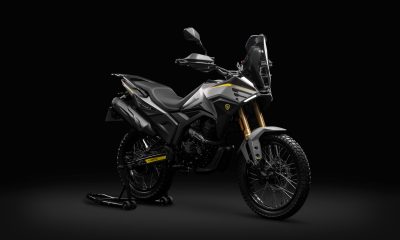
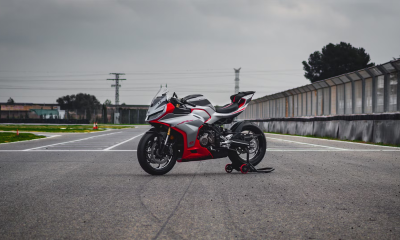



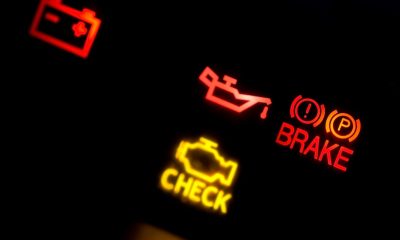

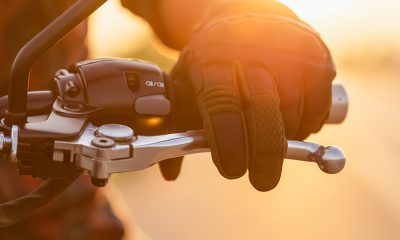
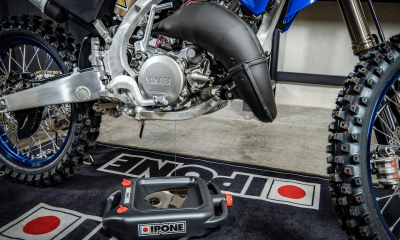

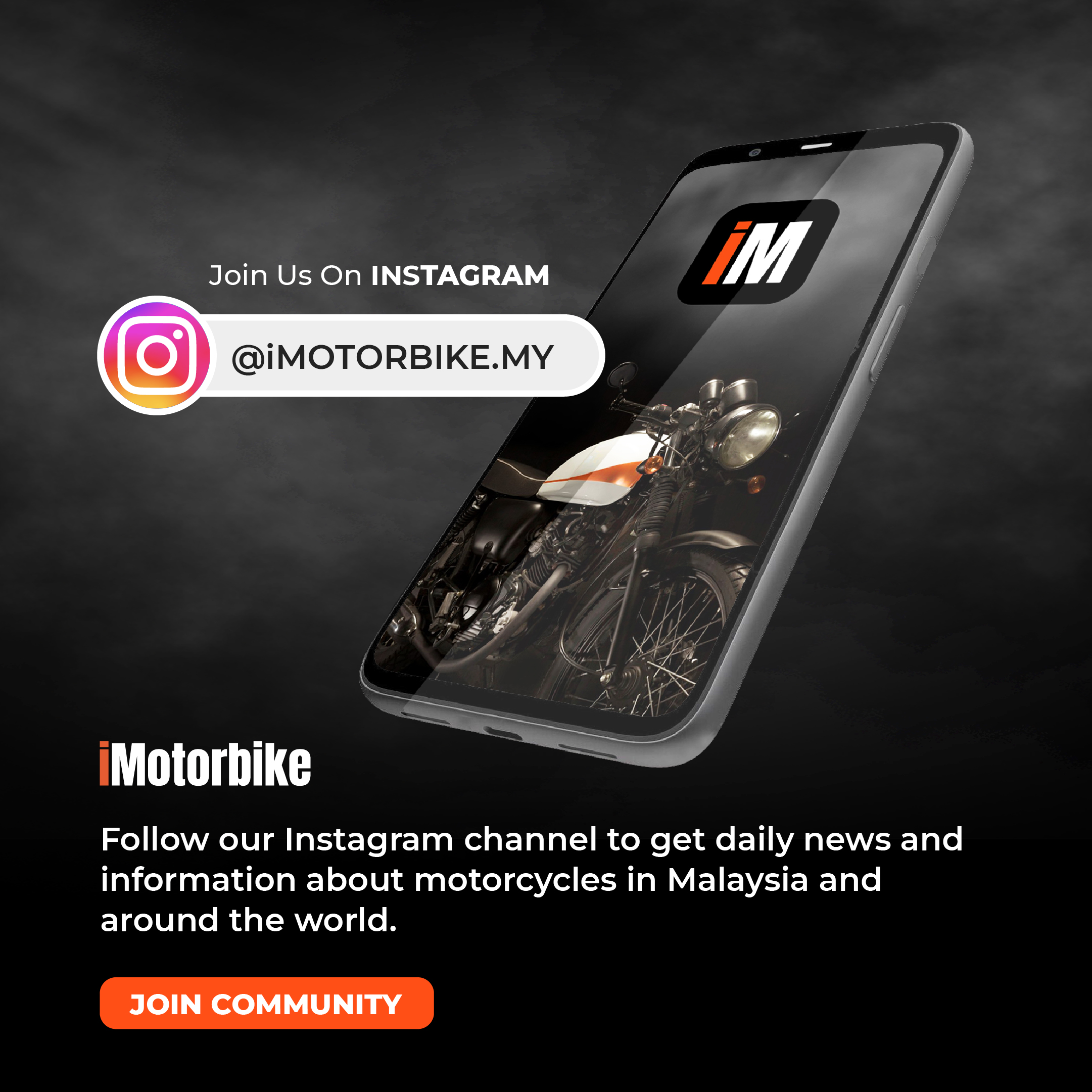














Facebook
Instagram
X (Twitter)
YouTube
LinkedIn
RSS